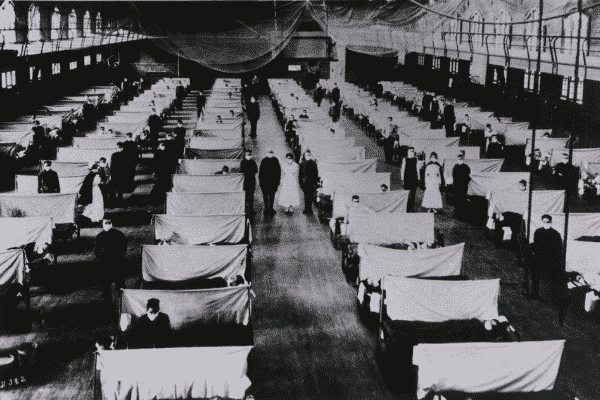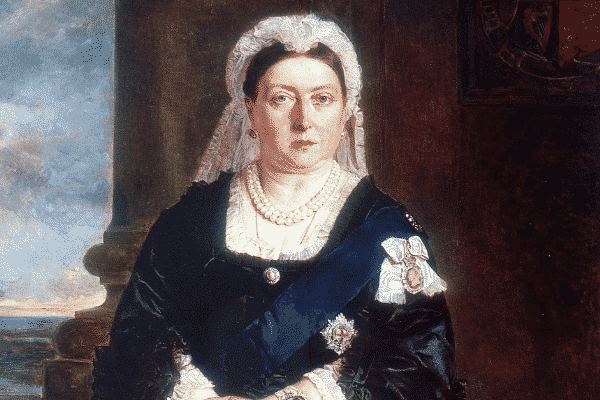Here’s a list of things you probably didn’t know about global pandemics throughout history. Let’s jump right into it.
1. The first recorded pandemic happened in 450 B.C.
Originating in war-torn Athens and affecting more than two-thirds of the population, it was revealed that more people died during the pandemic than in the war. The disease then made its way to Libya, Egypt, and Ethiopia. In 2005, it was discovered that the pandemic was caused by an outbreak of typhoid fever.
2. The first known lockdown and quarantine happened in the 1300s
When the most deadly disease in history, the ‘Black Death’ plague, was ravaging Europe, Asia and North Africa in the 14th century, Italy was carrying out protective measures.
“Quarantine” comes from the Italian word “quarantina,” meaning a period of 40 days. In 1347, Venice became the first city to restrict entry at their ports. Sailors aboard vessels that were allowed in would have to quarantine for about a month. The Venetians even established a quarantine island on Lazzaretto Vecchio.

Centuries later, when the Bubonic plague made a reappearance in 1665, the English village of Eyam introduced a lockdown to stop the disease from spreading to neighbouring villages. No one left the Eyam for over a year, the residents’ sacrifice led to thousands of lives being spared.
3. The Spanish Flu was probably … French. Or British. Or Chinese.
As a country that chose to remain neutral in World War I, Spain was the only country that was reporting on the pandemic that had hit in 1918. (Censors in the other nations blacked out news related to the flu so as to minimise panic.)
News reportage from Spain increased after the Spanish King Alfonso XIII himself contracted the flu. Because the news came mostly from Spain, it began to be called the Spanish flu. The Spanish themselves thought the flu originated in France so they called it the French Flu. Britain and China have also been suggested as places where the virus first appeared.

4. Queen Victoria caused a measles pandemic
Soon after the Fijian islands ceded to the British empire in 1874, a ‘royal party’ (as a gift from the Queen) paid a visit to Australia during a measles outbreak. The party subsequently carried the disease back to Fiji and infected the local residents which killed a third of the country’s population.

5. HIV/AIDS is still around
In 2019, it was revealed that about 38 million people in the world were living with HIV/AIDS. HIV was a death sentence a few decades ago but today, people with HIV can lead long and healthy lives thanks to antiretroviral treatments.
Unfortunately, the ongoing COVID-19 pandemic has painfully affected the production, distribution and cost of these life-saving medications which could potentially lead to 500,000 additional deaths from AIDS-related illnesses.
Which number surprised you the most?
READ ALSO: 5 things the pandemic has revealed about the Australian psyche
Link up with us!
Indian Link News website: Save our website as a bookmark
Indian Link E-Newsletter: Subscribe to our weekly e-newsletter
Indian Link Newspaper: Click here to read our e-paper
Indian Link app: Download our app from Apple’s App Store or Google Play and subscribe to the alerts
Facebook: facebook.com/IndianLinkAustralia
Twitter: @indian_link
Instagram: @indianlink
LinkedIn: linkedin.com/IndianLinkMediaGroup





